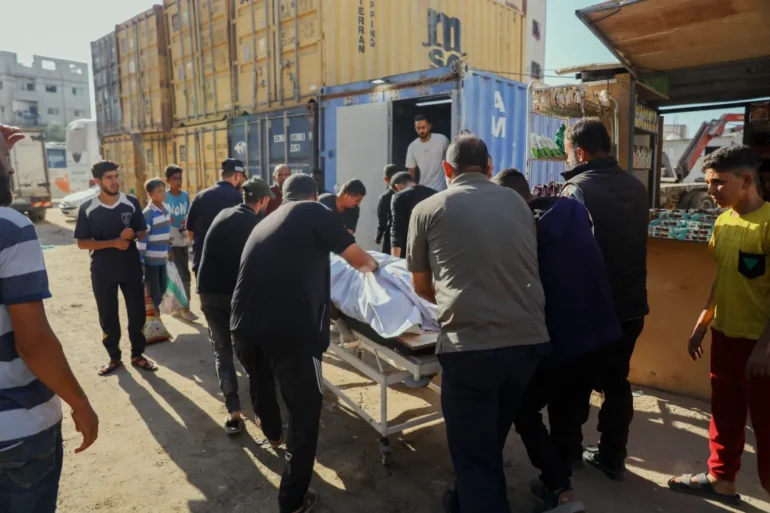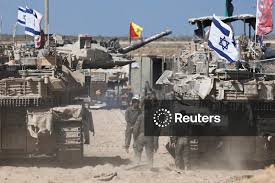Jerusalem, October 20, 2025 – In a tense development that underscores the fragility of peace in the Middle East, Israel announced on Sunday that a ceasefire with Hamas in Gaza has resumed following a series of airstrikes that killed 26 Palestinians. This incident marks the most severe challenge yet to the U.S.-brokered truce that took effect just ten days earlier on October 10, ending two years of devastating conflict.
The escalation began when militants launched an anti-tank missile and opened fire on Israeli troops, resulting in the deaths of two soldiers. In response, the Israeli military conducted widespread airstrikes targeting Hamas assets, including field commanders, gunmen, tunnels, and weapons depots. Palestinian health authorities and local residents reported that the strikes claimed at least 26 lives, including a woman and a child. One particularly harrowing strike hit a former school in Nuseirat that was serving as a shelter for displaced families, heightening fears among civilians already scarred by prolonged warfare.
Israeli Prime Minister Benjamin Netanyahu stated that he had directed the military to respond forcefully to what he called Hamas’ blatant violations of the truce. Despite the violence, an Israeli security source confirmed that humanitarian aid deliveries into Gaza would resume on Monday, largely due to persistent pressure from the United States. This decision came shortly after Israel had temporarily halted supplies in retaliation for the alleged breach.
Hamas’ armed wing, however, maintained its commitment to the ceasefire, claiming no knowledge of the clashes in Rafah and no contact with groups there since March. Both sides have traded accusations of truce violations in recent days, with Hamas alleging that Israeli actions have caused 46 deaths and blocked essential supplies. Israel, on the other hand, has criticized Hamas for delaying the return of deceased hostages’ bodies, noting that while all 20 living hostages were released last week, only 12 out of 28 bodies have been handed over so far. Hamas insists it has no desire to retain the remains but requires specialized equipment to recover those buried under rubble.
The Rafah border crossing between Gaza and Egypt, a critical lifeline for aid, has been a focal point of contention. Closed since May 2024, it was slated to reopen this week but remained shut on Saturday, with Israel conditioning its operation on Hamas meeting its obligations. Although aid through another crossing had increased since the truce began, the United Nations emphasizes that much more is required to address the dire humanitarian crisis. In August, the IPC global hunger monitor reported that hundreds of thousands in Gaza were facing famine conditions.
U.S. involvement remains pivotal, with President Donald Trump’s envoy Steve Witkoff and son-in-law Jared Kushner scheduled to visit Israel on Monday to bolster the agreement. Vice President JD Vance, speaking to reporters on Sunday, avoided direct comment on the strikes but highlighted the complexity of disarming Hamas, which he described as comprising about 40 different cells. “Some of those cells will probably honor the ceasefire. Many of those cells, as we saw some evidence of today, will not,” Vance remarked. He stressed the need for Gulf Arab states to contribute forces for on-the-ground security to ensure proper disarmament.
The path to lasting peace appears uncertain, with Palestinians in areas like Nuseirat and Khan Younis rushing to stockpile goods or fleeing their homes amid fears of further collapse. These airstrikes echo Israel’s response to perceived violations in its 2024 ceasefire with Hezbollah in Lebanon, which held despite initial tensions. However, significant hurdles persist in Gaza, including Hamas’ disarmament, the establishment of a stabilization force, future governance, and progress toward a Palestinian state.
Israeli Defense Minister Israel Katz announced that a “yellow line” marking the withdrawal of forces would be physically delineated, with any crossings met by immediate fire. As mutual recriminations continue, the international community watches closely, hoping this fragile truce can evolve into a stable resolution for a region long plagued by conflict.

